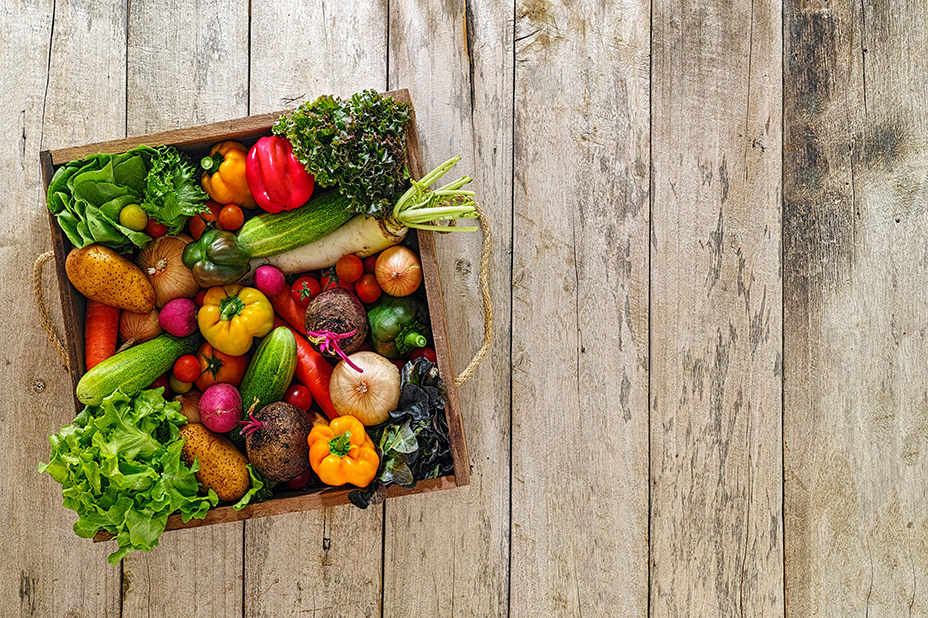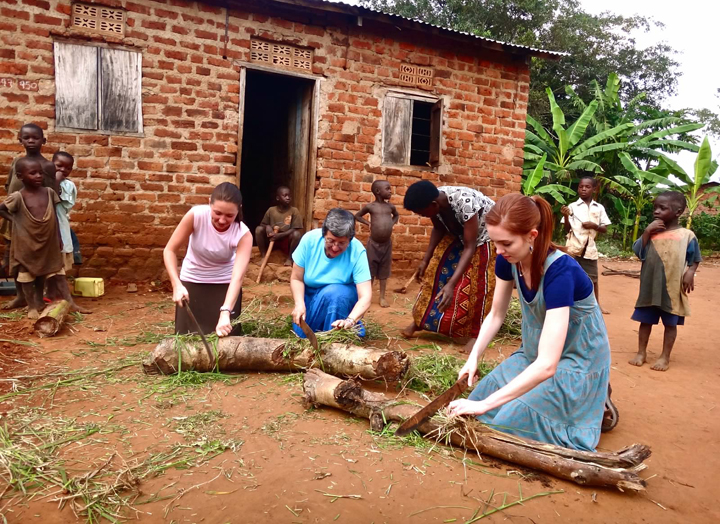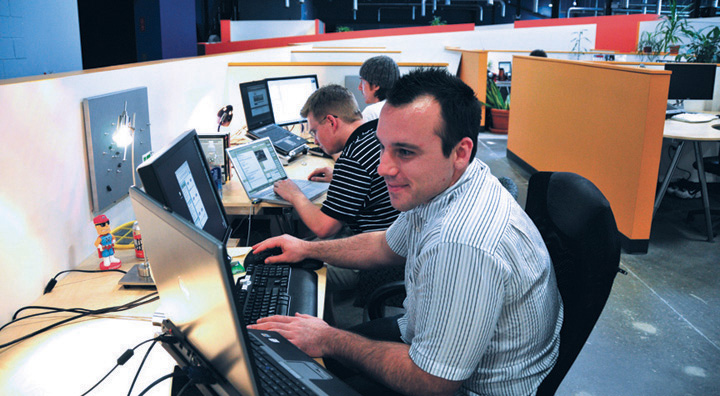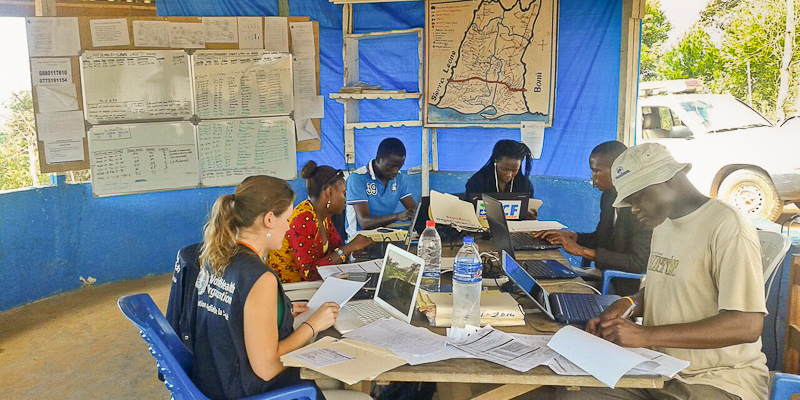By Charlie Mitchell
“An apple a day keeps the doctor away.”
Do you believe this old saying? If we, as a state, ate a healthier diet, would we experience fewer issues, and probably spend a lot less on healthcare?
If that logic follows, shouldn’t we be trading Cortlands for Cortisone? Asparagus for aspirin?
The rubber is starting to hit the road on state-wide healthcare reform. With an increasing focus on keeping populations healthy through preventative and holistic care, hunger and food systems advocates are finding willing partners in doctors and hospitals.
As the debate rages on over healthcare and the immense cost of preventable diseases like type 2 diabetes, heart disease, and cancer, we should consider a simple paradox. This was pointed out to me in a conversation with Katy Davis, Hunger Free Vermont’s Nutrition Education Outreach Manager:
While 98 percent of children in Vermont have access to healthcare, 14 percent live in food insecure households.
What does this say about the way our system functions (or fails)? What can doctors do to treat our diet-related disease if we can’t afford to buy the food we need to stay healthy? As Davis says,“if you don’t have access to enough food for a healthy life, that’s going to directly impact your health as well as future outcomes.”
So what can doctors do to help patients who might be hungry? Since 2010, Children’s Health Watch, a national advocate, has been working to introduce the Hunger Vital Sign™ to as many communities as possible. It’s two simple questions that provide a pulse on whether a family is struggling with food insecurity.
Since 2011, Hunger Free Vermont has encouraged health providers to incorporate this screening, which takes all of two minutes, into their normal routine. They’ve developed a strong relationship with UVM Medical Center, who has embraced this practice wholeheartedly, and much of Davis’ time is spent training medical personnel in every corner of the system to use this technique and help them understand what to do next.
When a doctor determines that a patient may be struggling with food insecurity, there are many ways to address the problem. Ideally, they can be referred to a one-on-one case manager or social worker that can meet with the patient separately and provide support in accessing all of the community resources available. This could be as simple as locating the nearest food shelf, identifying a transportation issue, or enrolling in government programs, such as SNAP or WIC.
A Health Care Share and Prescription for Healthy Food
Medical centers are also partnering with nonprofits pioneering the “Health Care Share” across the state, a program that provides families who suffer from diet-related illness with free weekly vegetables during Vermont’s growing season. Vermont Youth Conservation Corps has been the main coordinator of the program, and now six health communities are distributing a total of over 500 shares every year.
Charlotte Sullivan, a Bristol resident and Health Care Share recipient at the Mountain Health Center, is very grateful for the program. Since her income had changed recently, she had been forced to adapt her shopping habits by opting for cheaper vegetables and cutting back on fruit. “Now I can afford to eat the way I want to eat,” she said at a pickup in September.
It means a lot to her that her doctors value healthy eating as much as she does. She does believe that regular vegetable doses are “medicinal” and a “necessity,” and she’s gratified that the system is starting to value these as much as other over-the-counter medications. Community and connection are important to putting the “care” in healthcare. “I feel healed already,” she told me, smiling with her box of produce in her arms.
These programs hope to amass the data to prove that fresh food is a better medicine than pharmaceuticals, so that insurance companies will pitch in to make healthy food access a reality through healthcare coverage.
If the capacity for follow-up within the medical community is more limited, there are many other community resources doctors can direct patients to. United Way’s 2-1-1 hotline provides 24-7 support with a variety of issues, and Hunger Free Vermont’s vermontfoodhelp.com is a widely-used online resource to help people access the benefits they qualify for.
Because health providers are some of our most trusted personal and community relationships, they may be the first touch point for someone who needs help.
“You can’t tell by what someone’s wearing or what kind of car they’re driving what’s going on with someone,” Davis says. This is why she feels strongly about “habituating folks to that [screening] process” and “not only asking the folks who you think might be struggling, but really asking everyone.”
The momentum is building. UVM School of Medicine’s Vermont Child Health Improvement Program (VCHIP) spearheads a network of 49 medical providers called CHAMP (Child Health Advances Measured in Practice) that are taking on the two-item hunger screening as well as a screening for parental depression as their main focus this year. The nine-month project should yield important data across a huge swath of providers about the efficacy and complications of the screening process.
As the national healthcare debate rages on in Washington, to the dismay of many who believe that progress is being undone, Davis reminds us that as a state, “we are on the train to integrated care,” and “Vermont is going to move in that direction anyway.”
She seems to be right.
“There’s no stopping us from being pioneers in that regard,” she says. “There’s definitely a lot of ground to be covered still,” but for now, “full steam ahead, we have to keep moving.”
–Charlie Mitchell is studying Food Systems at Middlebury College. He is on the management team of Middlebury Foods and serves on the board of ACORN, the Addison County Relocalization Network.




